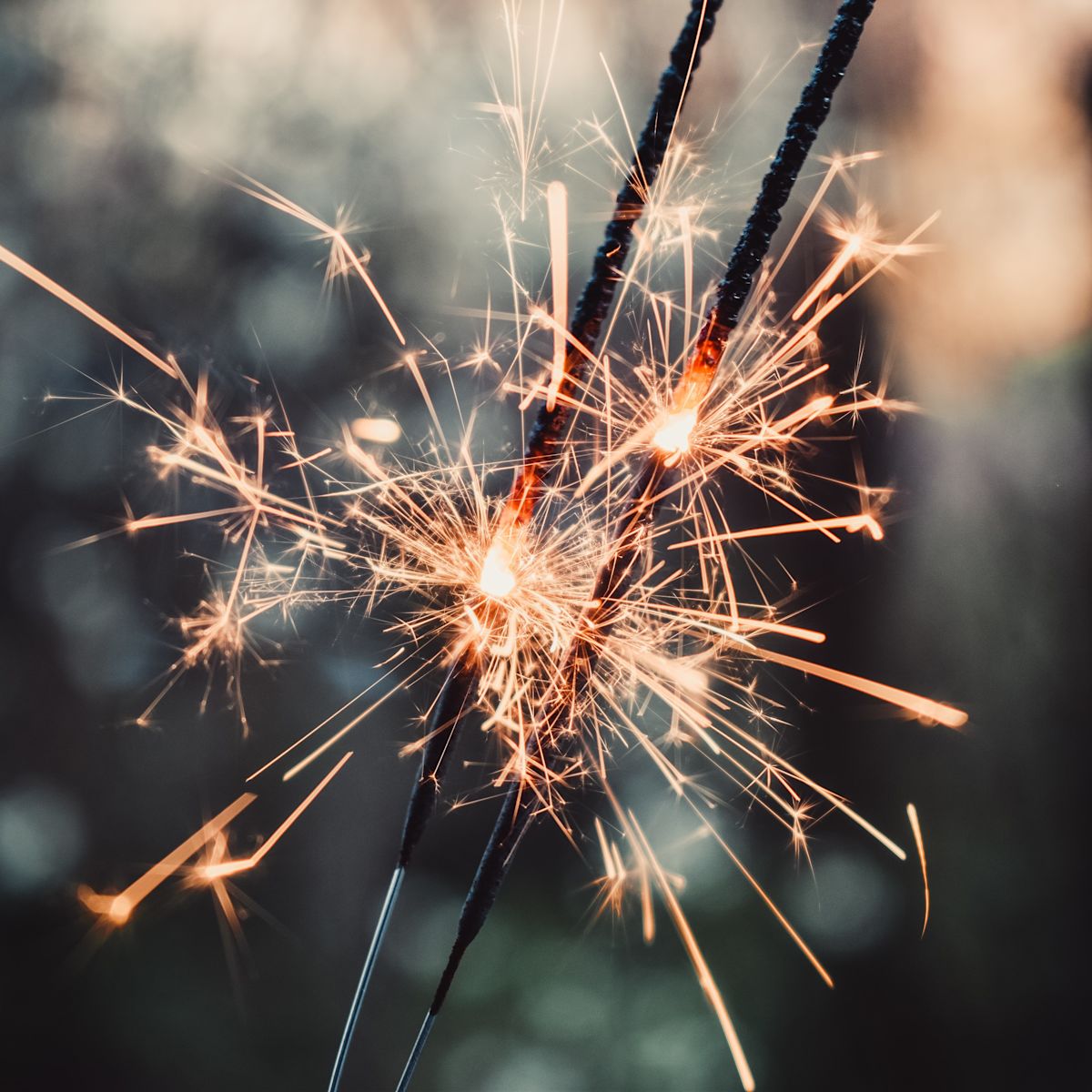
Unique New Year’s Eve idea for seeing in 2025
Ever grow tired at the thought of another standard New Year’s Eve party? We know we do. The good news is that we know how to inject some enthusiasm into your plans! Why not Follow Alice to one of our exciting destinations this next net New Year’s Eve?
I love it! Travelling with Follow Alice over New Year really shook me up to realise how much I was missing out celebrating in a meaningless club. Best thing I ever did.
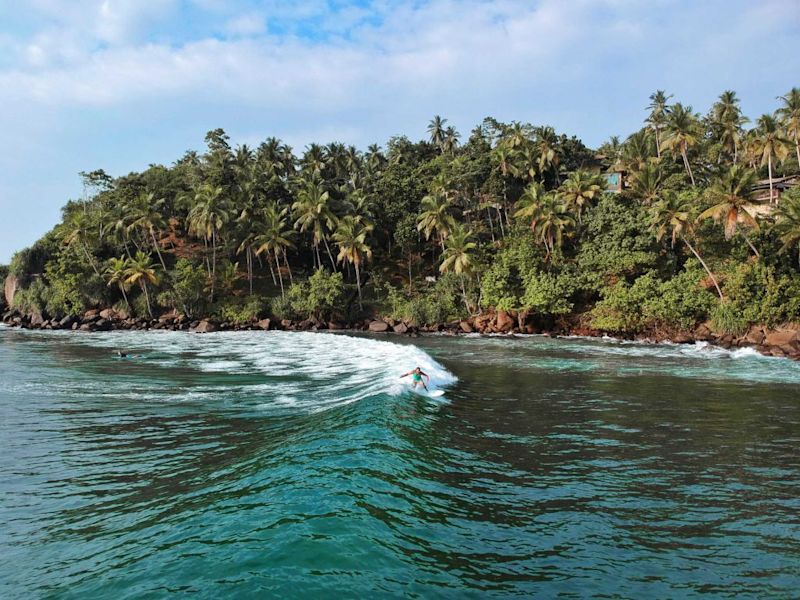
Our exciting New Year’s Eve destinations
Hidden gems of Sri Lanka Climb Mount Kilimanjaro Gorilla trek in Uganda Go trekking in Nepal Discover Bhutan
Hidden gems of Sri Lanka

Climb Mount Kilimanjaro

Gorilla trek in Uganda

Go trekking in Nepal
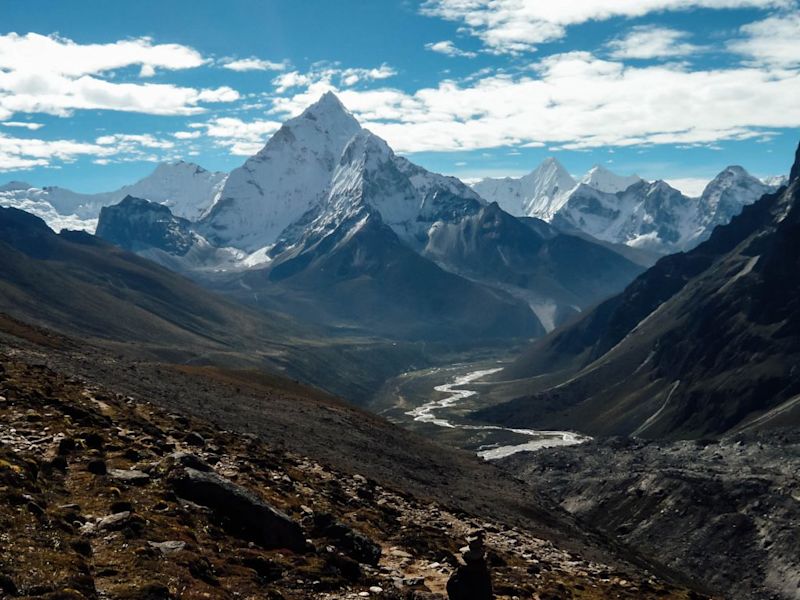
Discover Bhutan
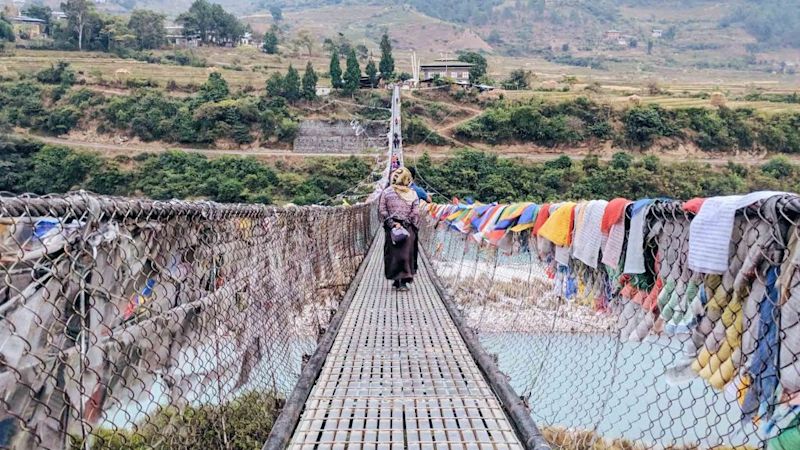
Want to know more? Of course you do – you’re only human!
Hidden gems of Sri Lanka

What adventure activities are there to do?
Kite surf, whale and dolphin watch, cycle and visit the mangrove swamps in Kalpitiya Go on a tuk-tuk ride in the historic city of Kandy and climb Baiharawa Kanda Buddhist statue Take a guided climb to the top of the Sigiriya Lion Rock Fortress Go on a jeep safari in Minneriya National Park Climb to the top of the famous Adam’s Peak in the Central Highlands Go canyoning and white-water rafting or kayaking in the rainforest of western Sri Lanka Go surfing, diving, snorkelling and swimming at some of the country’s best southern beaches
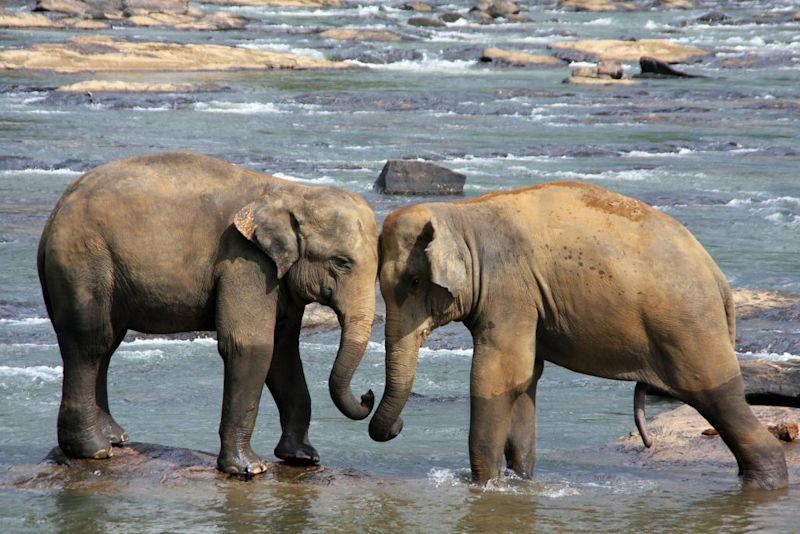
What about the history and culture of Sri Lanka?
Take a guided tour of the well-preserved seaside Galle Fort built in the 1500s by the Portuguese and later extended by the Dutch Visit the Kosgoda Sea Turtle Conservation Project to learn about these special animals Visit the iconic stilt fishermen who sit on simple stick stands while line fishing in the sea Take a scenic train journey to Hatton and explore the Uva Halwapthethe Tea Estate and its factory Take a guided tour of the fascinating Dumbulla Rock Cave Temple in central Sri Lanka
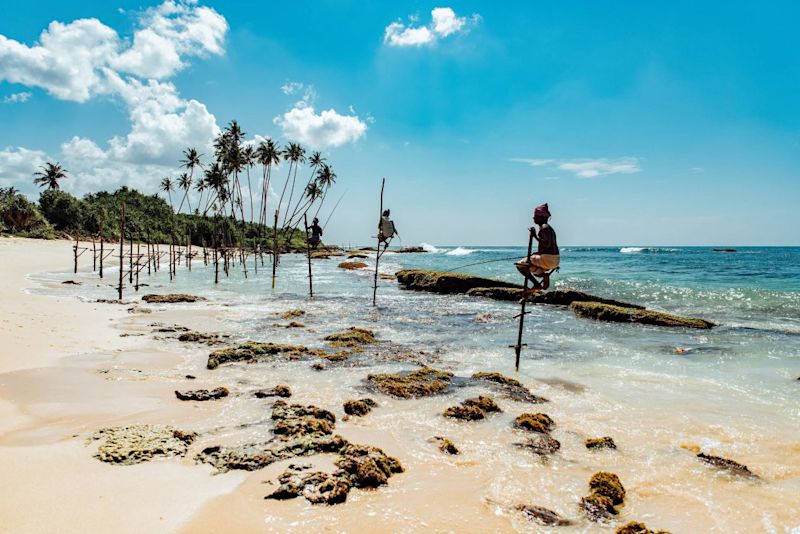
Why choose to climb Adam’s Peak?
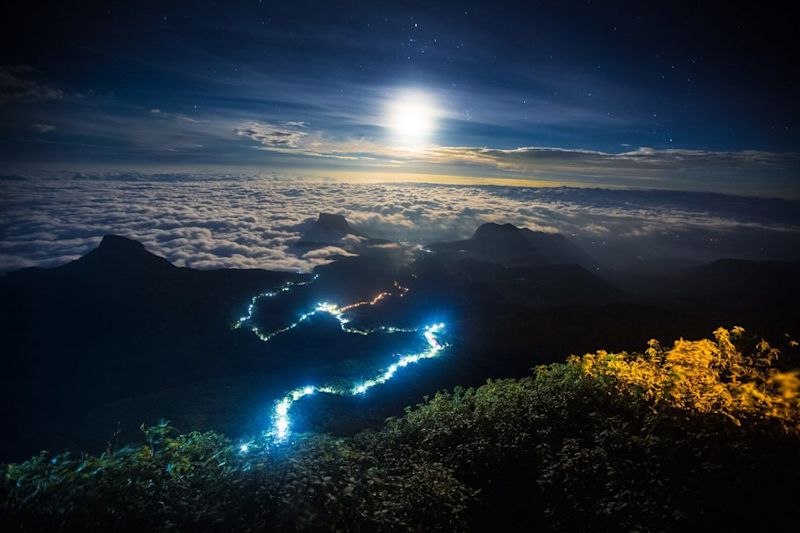
What is the Sigiriya Lion Rock Fortress?
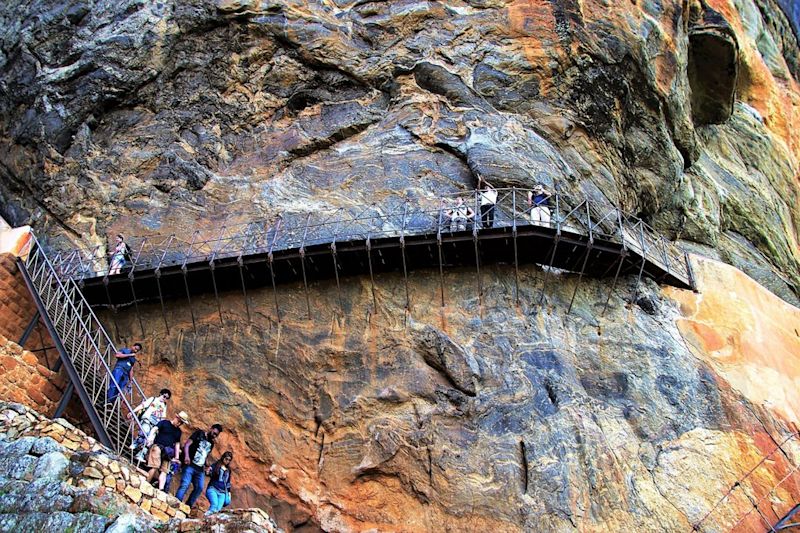
What is the wildlife like in Sri Lanka?
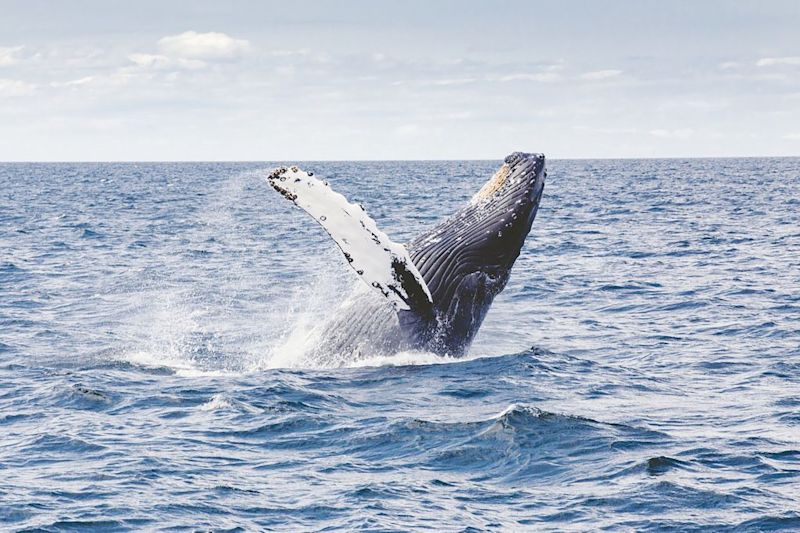
What must I bring on holiday to Sri Lanka?
So what do you say – are you keen to join us for this unique New Year's trip in Sri Lanka?

Climb Mount Kilimanjaro
Climbing Mt Kilimanjaro with Follow Alice was an unforgettable experience. It was a topnotch trip with a bunch of crazy people - loved it! Thumbs up.
What’s special about Kilimanjaro?
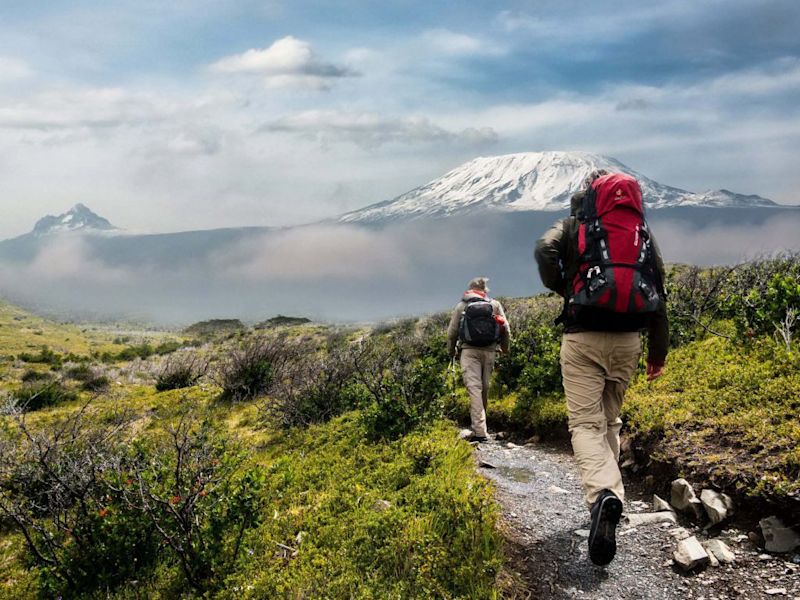
We climb the Lemosho route
It has a very high success rate because it allows for good acclimatisation It’s a very beautiful route, offering great and varied scenery It’s not as difficult as some of the other routes It requires you to overnight in tents, which is part of the fun!
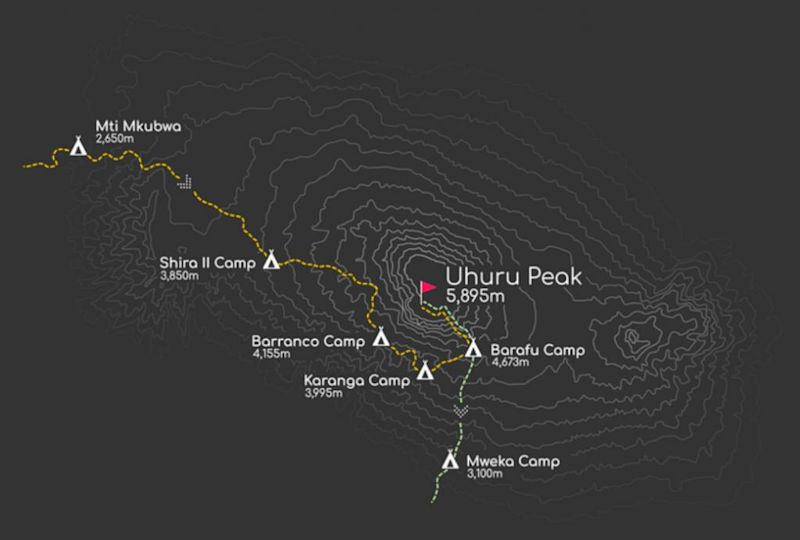
Five different climates on Kilimanjaro

Wildlife on Kilimanjaro
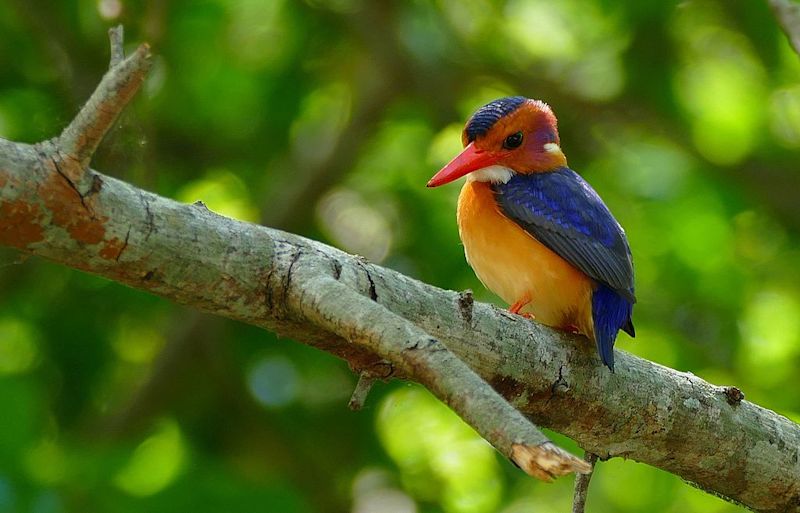
The three volcanoes of Kilimanjaro
The word uhuru actually means ‘freedom’ in Swahili. The name was given to the peak in 1961 when Tanganyika, now Tanzania, gained its independence from the UK.
What do I need to climb Kilimanjaro?
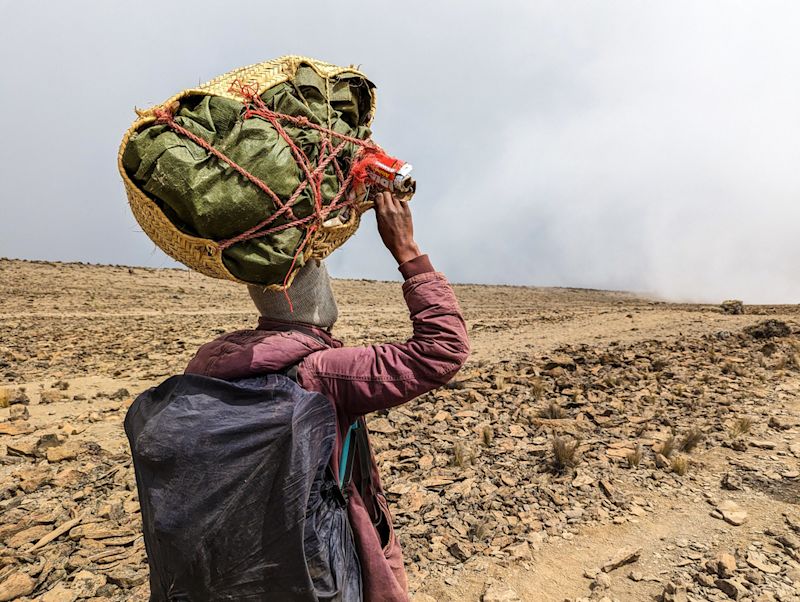
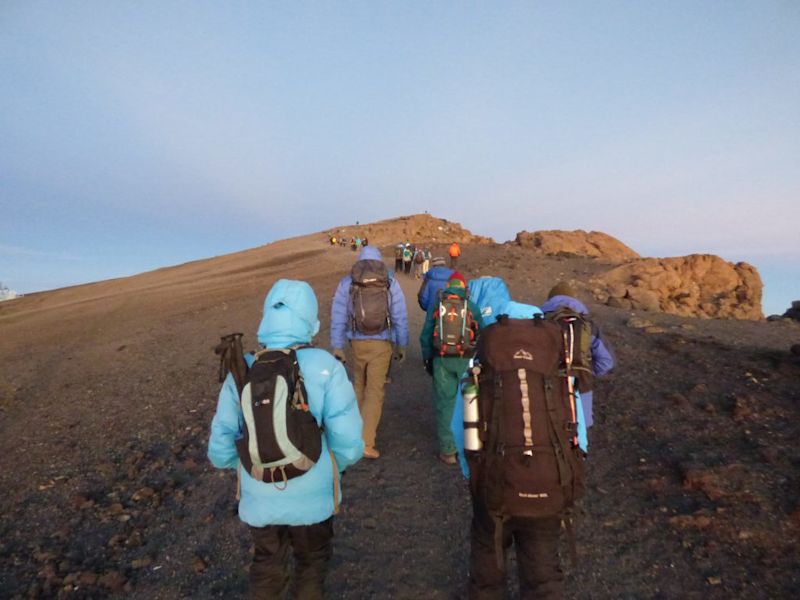
New Year’s Eve summit
Climb Mount Kilimanjaro this New Year’s Eve and Follow Alice into the new year with your friends above the clouds.
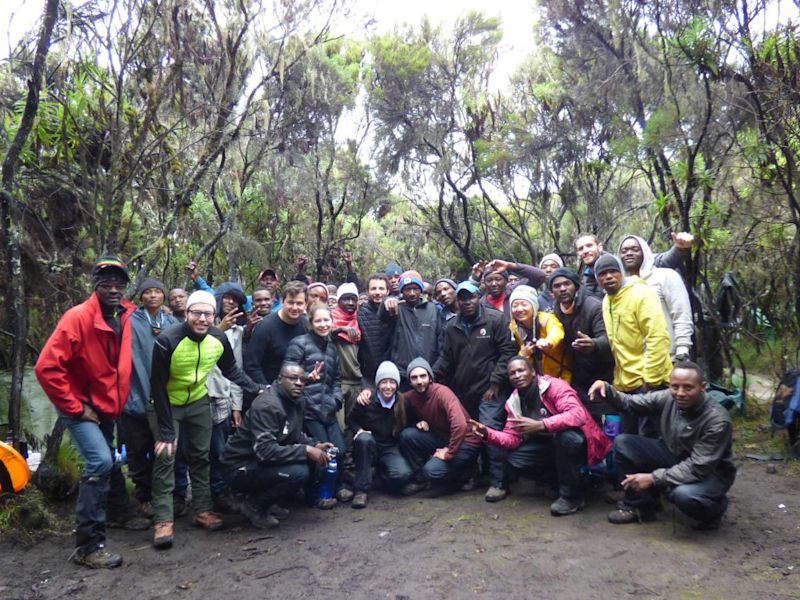
Gorilla trek in Uganda

An adventure-packed itinerary
Visit Nedere Cultural Centre in Kampala, Uganda’s capital city Go on a mountain bike safari in Lake Mburo National Park Hike to see chimpanzees in the wild Take a boat cruise on Bunyonyi Lake and zipline into it Quad bike around Bunyonyi to explore local villages Row in traditional dugout canoes on the lake to visit some of its islands Take an evening walk into the town of Kabale Go on a jeep and boat safari in Queen Elizabeth National Park Trek in Bwindi Impenetrable Forest to see a gorilla troop
Uganda is by itself a beautiful and fascinating country, and Follow Alice’s team helped us with adjusting the itinerary to meet exactly what we wanted: the right mix of culture, wildlife and adventure. It was EPIC.
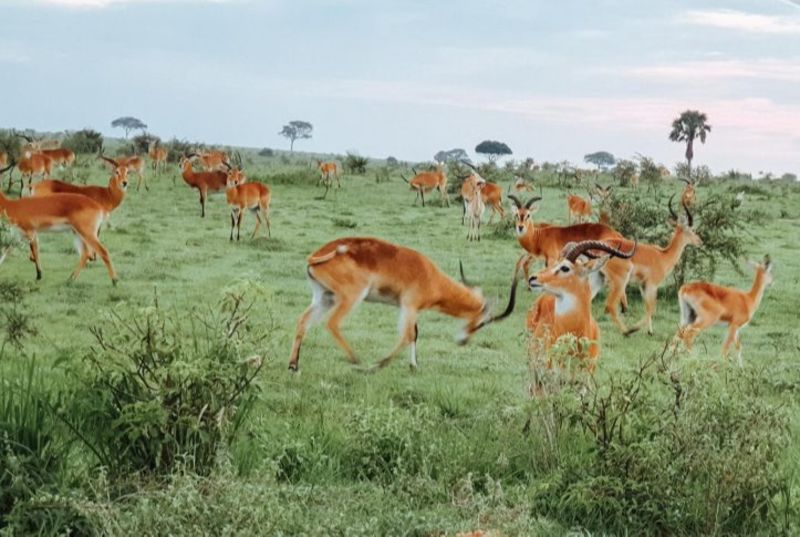
Why should I be excited about Lake Bunyonyi?
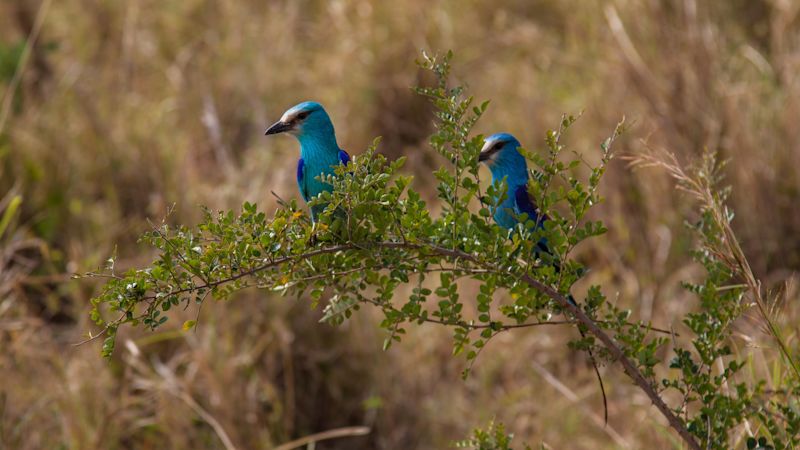
Take a boat cruise on the lake Swim and zip-line into the water Go on a quad bike trip to explore some of the local villages Canoe to an island for an explore and picnic
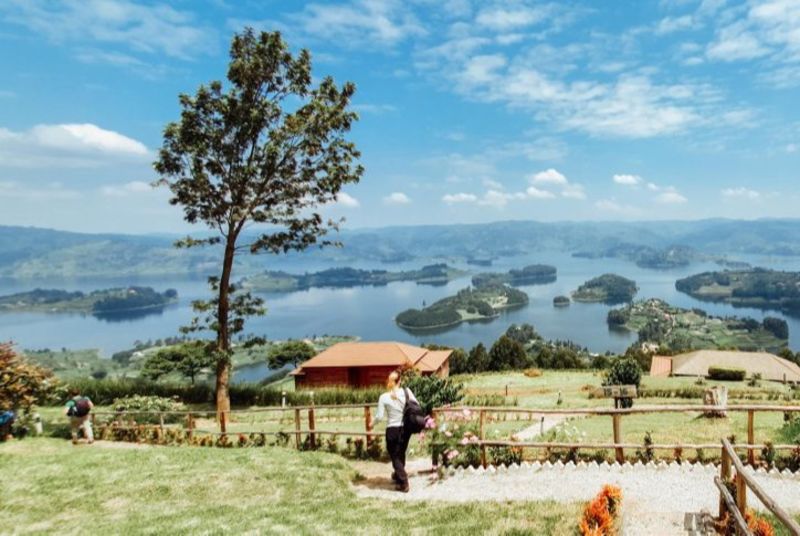
What animals will I see on Ugandan safari?
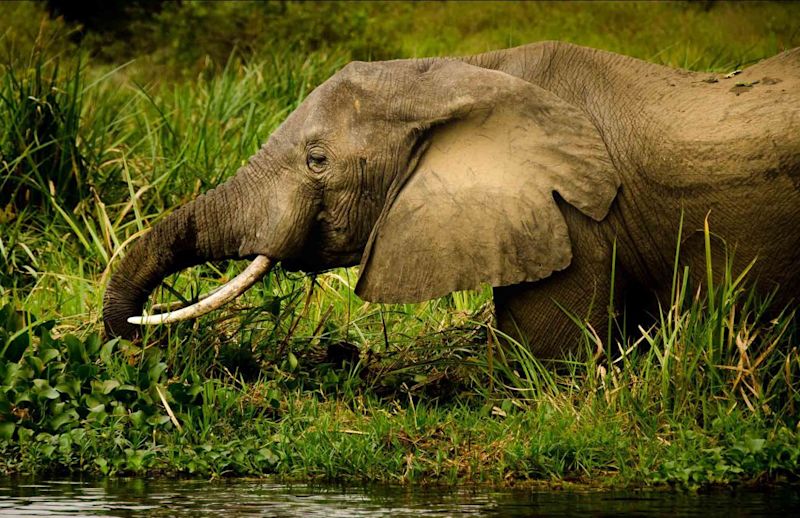
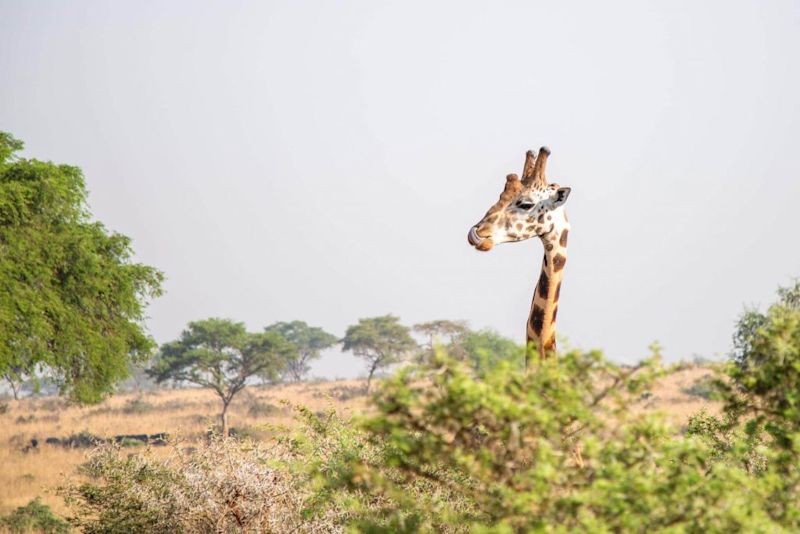
What can I expect from the gorilla trek?
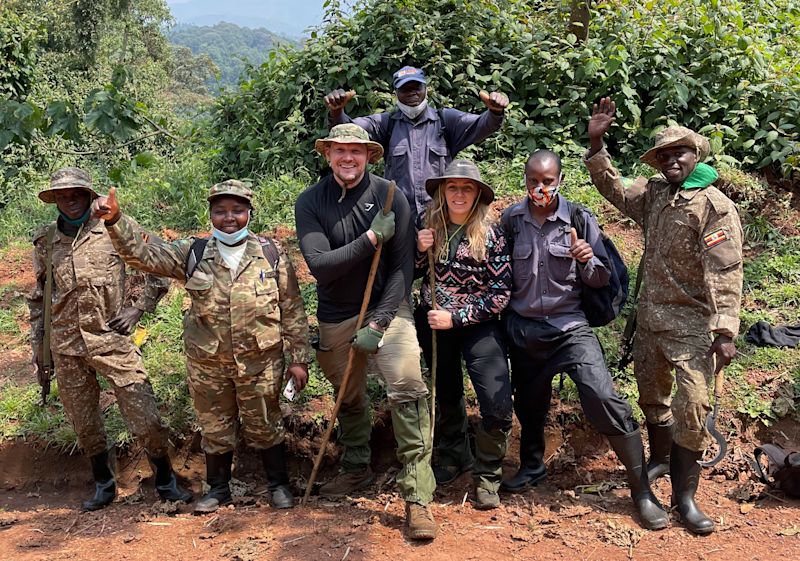
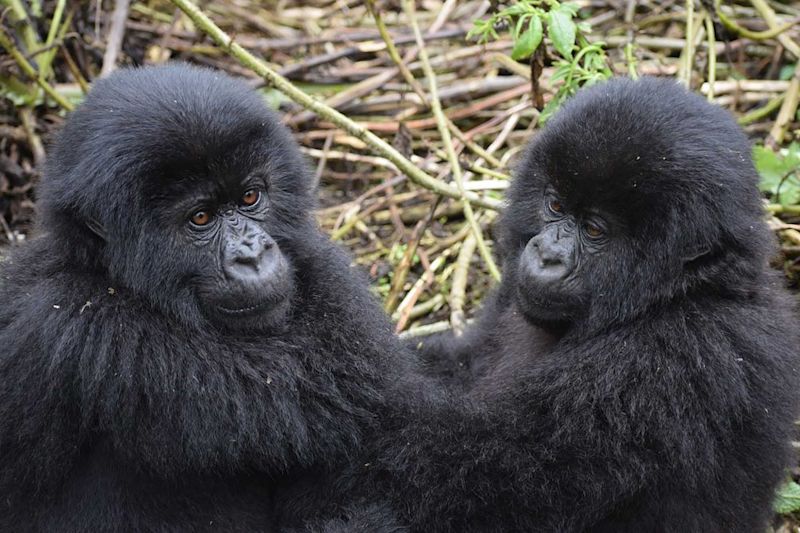
Enviable accommodation throughout the trip
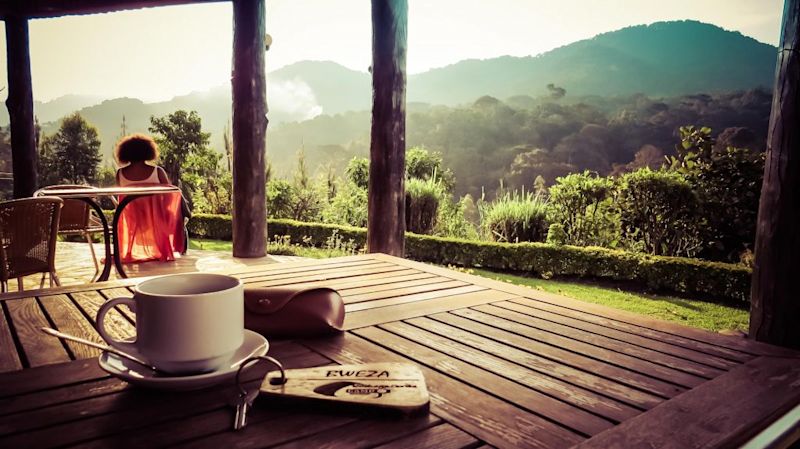
How must I prepare for a Uganda trip?
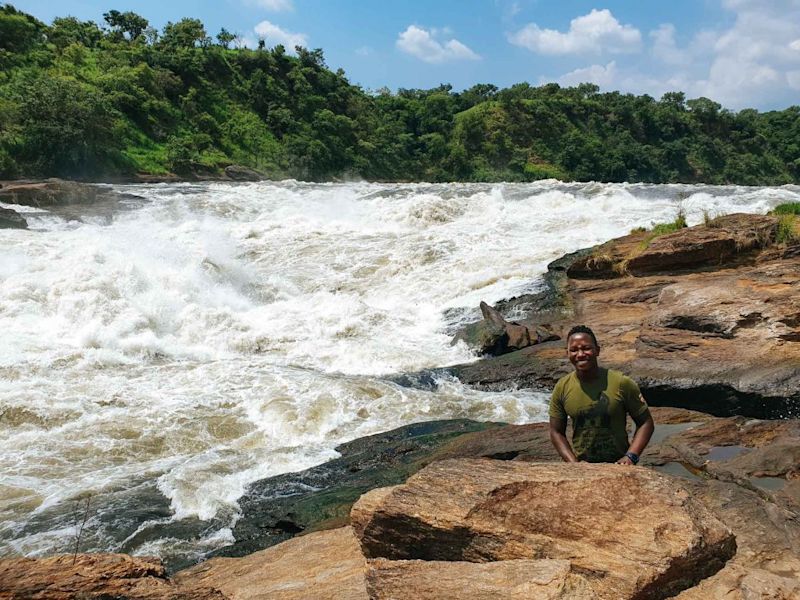
Go trekking in Nepal
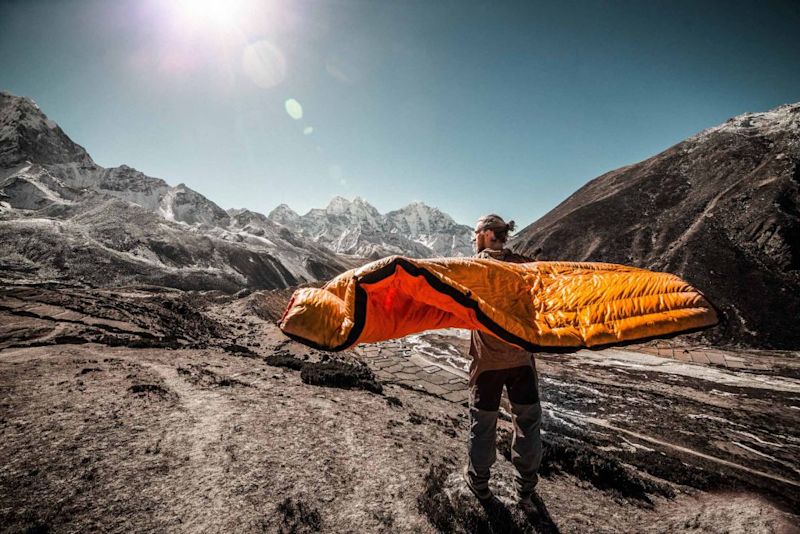
The Annapurna Circuit trek

Further reading for the interested
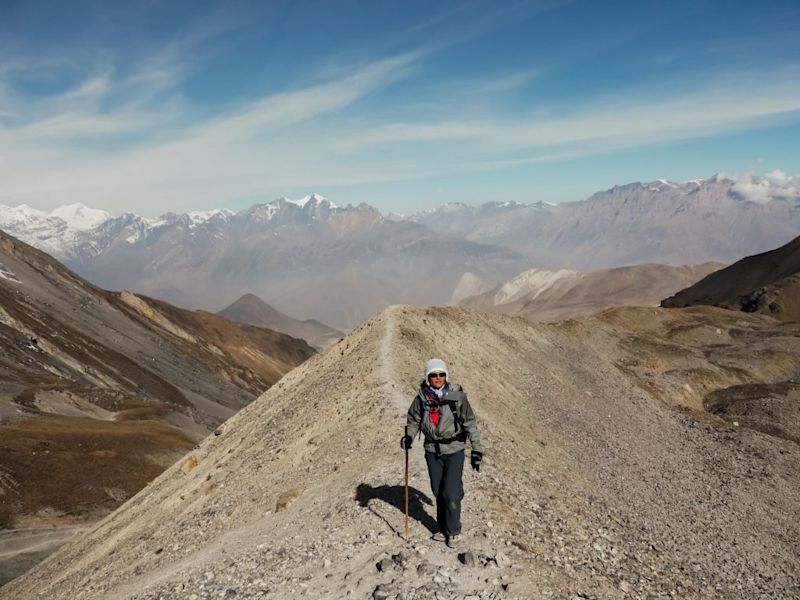
Everest Base Camp trek
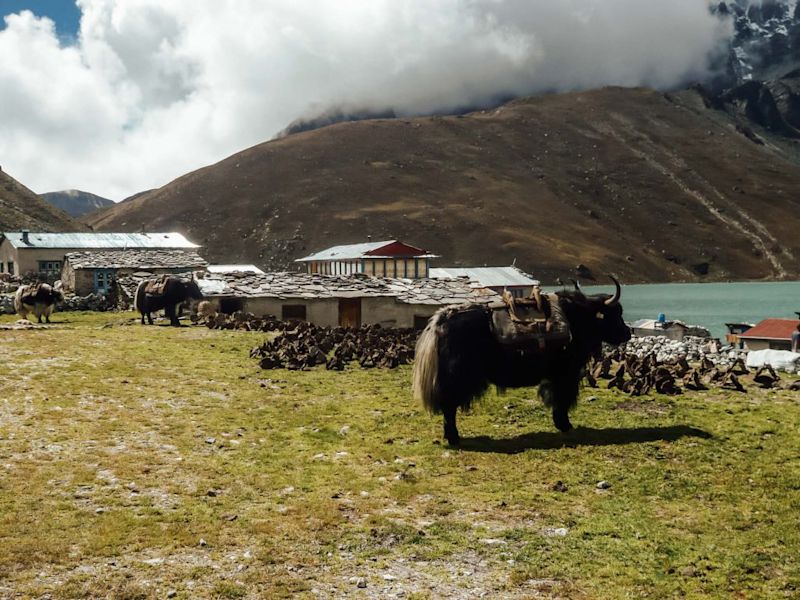
Further reading for the interested
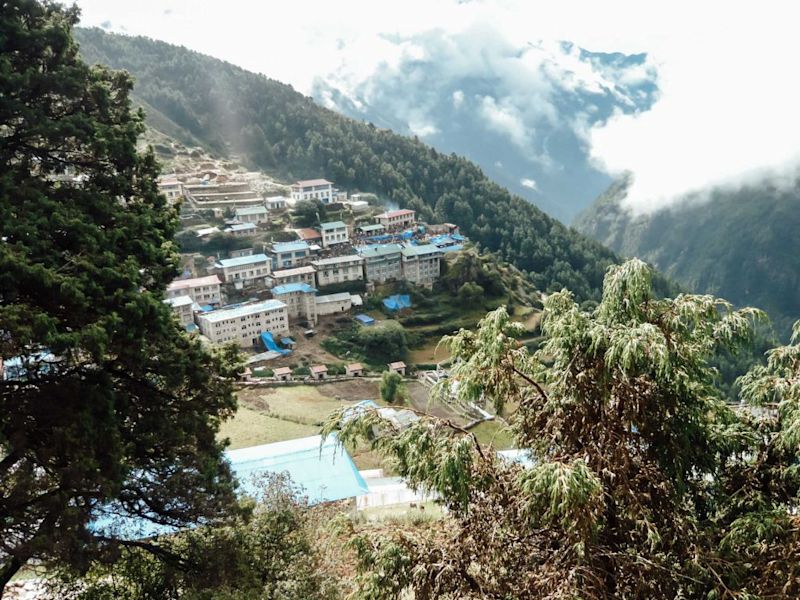
Explore Bhutan
The Follow Alice crew did everything they could to make our trip such a good experience. I’d recommend them to any and all of my friends!
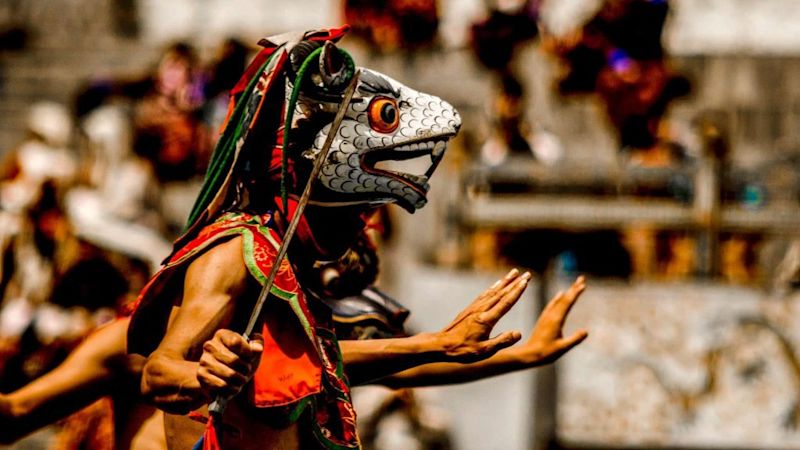
The exciting activities on offer
Take a sightseeing hike around the Himalayan town of Punakha and visit its beautiful 17th-century fortress Punakha Dzong Go white-water rafting down the Mo Chu river Take a gentle bike ride from Paro to Thimphu, passing through paddy fields, virgin forests and sleepy villages Hike to Taktshang Monastery, also known as Tiger’s Nest, which clings to the side of a cliff
Spend a day exploring the culturally rich Thimphu, Bhutan’s gorgeous capital city Visit the Motithang Takin Reserve to see gnu goats Learn about Bhutanese arts and crafts at the National Institute of Zorig Chusum Tour a traditional Bhutanese farmhouse and farm before being treated to a delicious lunch
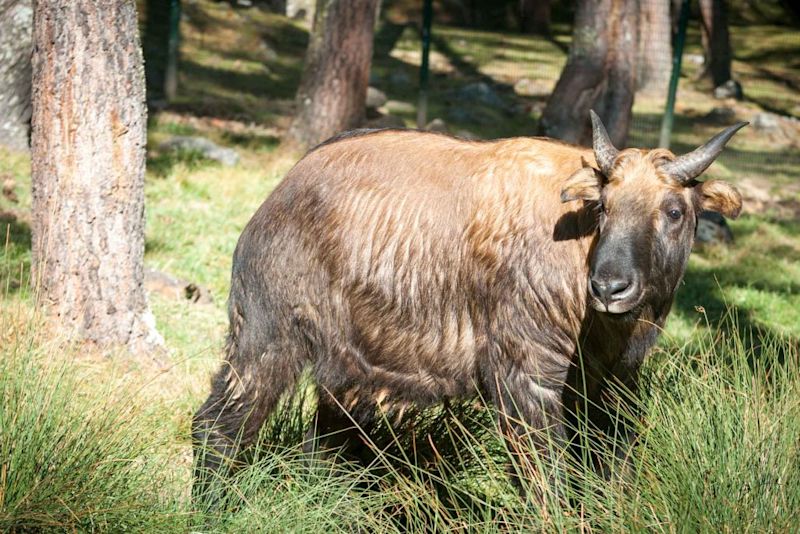
Bhutan, Land of the Thunder Dragon
Bhutan’s official focus on happiness
If I had to name the biggest difference between Bhutan and the rest of the world, I could do it in one word, civility.
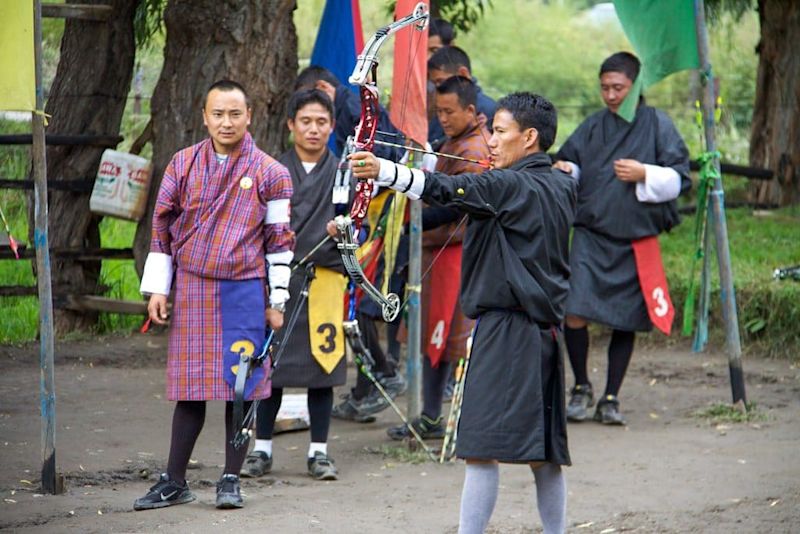
Why you’ll love the city of Punakha
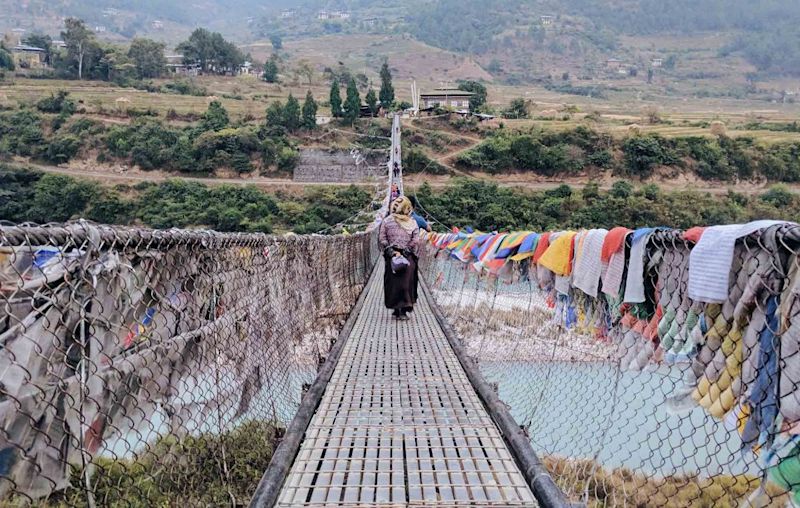
Punakha Dzong fortress
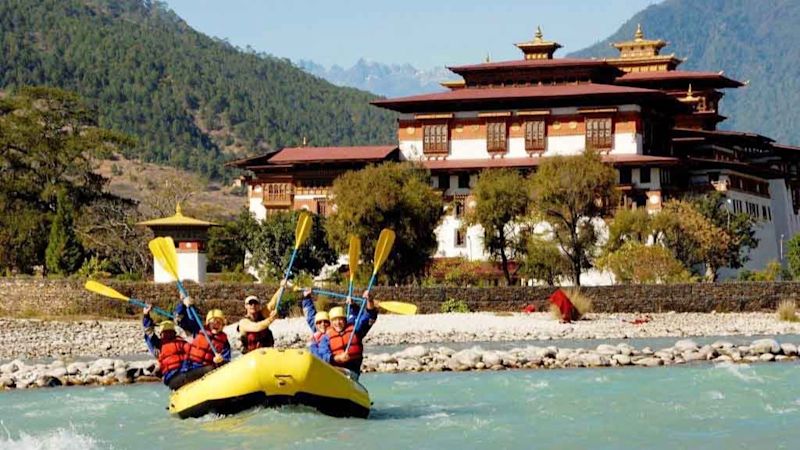
How must I prepare for the Bhutan trip?
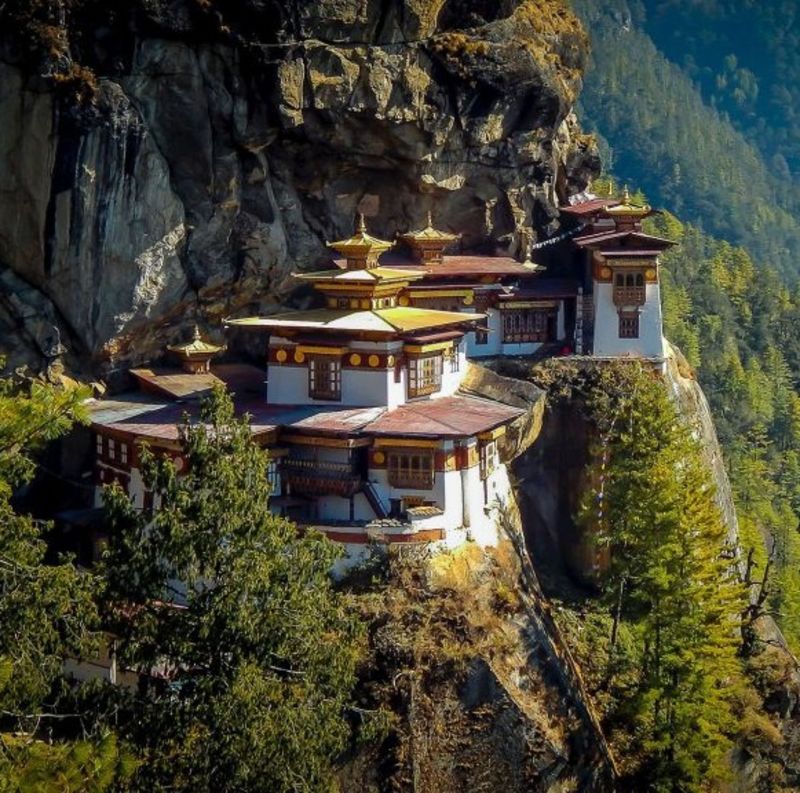
It’s not too late to turn the start of the new year into something special and memorable!